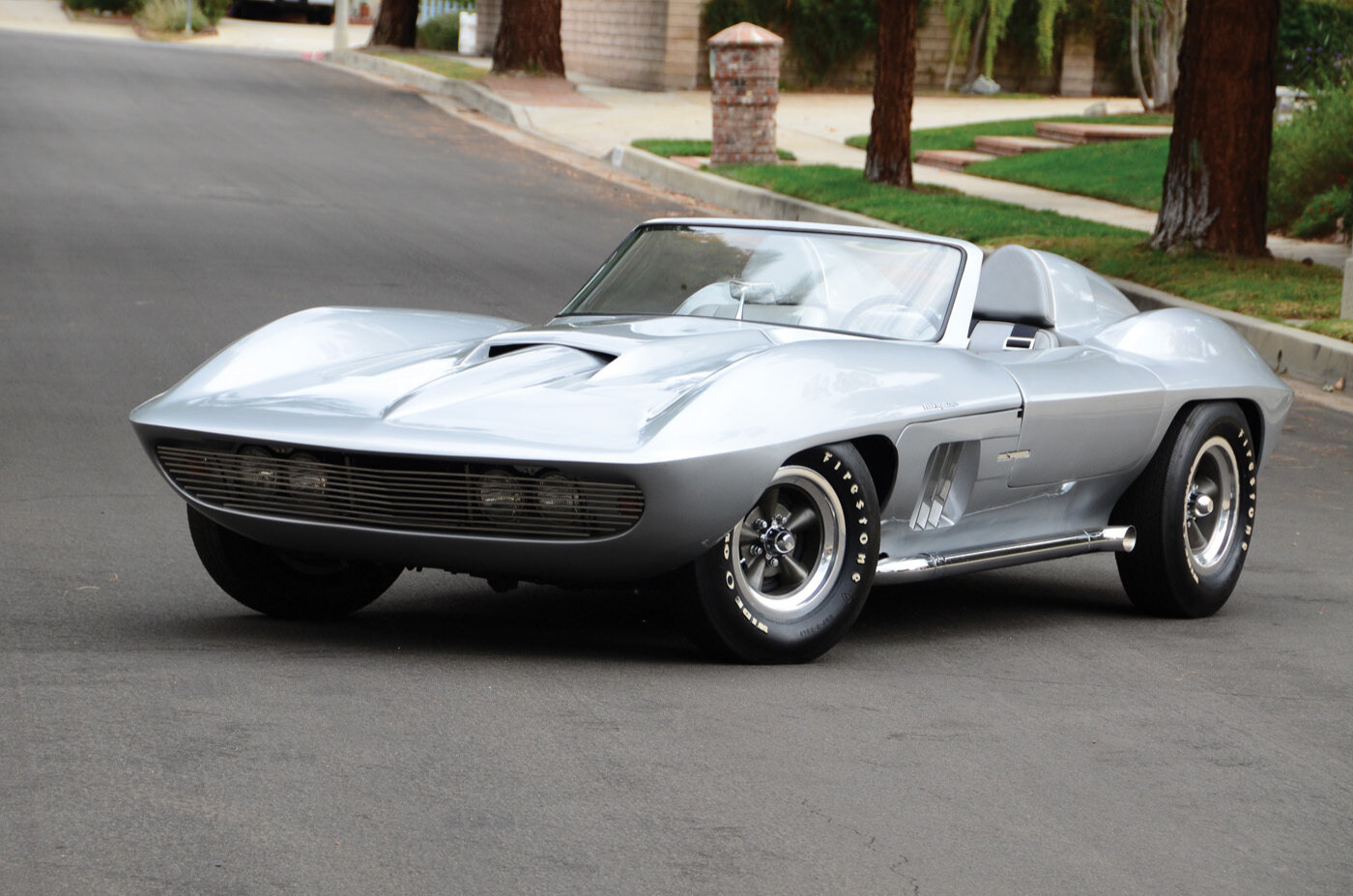
Fiberfab Centurion
Story and Photos by Steve Temple
Most replicas draw inspiration from rare, limited-production cars. But a certain few reproductions follow the lines of a concept car that never made it into production, limited or otherwise. For instance, consider GM’s XP-87, aka Sting Ray Racer, along with the Fiberfab Centurion that copied it.
The original car was developed by GM designer Bill Mitchell, who privately funded it by using a 1957 SS test-mule chassis, fitted with a new fiberglass body with a sleek and edgy shape penned by Pete Brock and later refined by Larry Shinoda. Renamed the Sting Ray Racer, it was completed in 1959 with the engineering help of Zora Arkus-Duntov, who fitted it with a high-compression, fuel-injected 283 ci V8 engine that delivered 315 horses, an impressive feat for its time.
The car performed so well that it entered into SCCA C-Class competition with Dr. Dick “The Flying Dentist” Thompson drilling it through road courses all across the country, so many that he won two consecutive class championships in 1959 and 1960. At the end of the 1960 season, Mitchell retired the Sting Ray from competition, and exhibited it as a show car.
Even more significant than its competition success was the influence the Sting Ray Racer had on the styling of the ’63 Sting Ray Corvette, which manifested a stunning shift in the shape of America’s sports car, along with other technical improvements.
About two years later, Fiberfab, a fiberglass body builder based in Sunnyvale, California, crafted a close replica of this seminal concept. Fitted on a C1 Corvette (and later a C2 as well), less than a dozen were ever made (the production numbers vary depending on the historical source), as GM’s legal beagles quickly quashed it for patent infringement.
Fast forward to 1992, when Thomas Souza, who was then serving as a motorcycle cop for the LAPD, discovered a Centurion languishing in a SoCal garage. Arrested by the design, he couldn’t buy it at the time, but some two decades later, he came across it again in Carson City, Nevada. Owned by Wes Abendroth (who has an impressive collection of Corvettes, two other Centurions and several rare American specials), it is the only one with dual molded-in nacelle headrests. (The original Sting Ray Racer had only one.)
Souza did some detective work and tracked down all of the previous owners. The first owner bought it in 1966 as a kit, but never assembled it. The car traded hands five more times, and when Souza acquired it, there was no engine or transmission, and no seats either. While not a basket case, it definitely needed some TLC. “Someone had a really bad idea of how to put it together,” he admits.
Souza then began a four-year project to bring the Centurion back to its former glory. As an experienced NCRS judge and restorer (he owns a pristine ’56 Corvette as well), he had a group of fellow enthusiasts in the club who lent a hand on everything from removing the body to finding a transmission and correct Corvette rear end. “It takes a village to restore a car,” he quips.
Souza also fabricated various items such as pedal brackets and door hardware (typically required for kits of that era). Fortunately, the Centurion’s ’58 Corvette chassis was in decent shape without any rust, being a California car, and required only a thorough cleaning and powder-coating. Commenting on the historical accuracy of the underbody, right down to the canvas retaining straps for the live-axle rear end, “I did it just like a ’58 Corvette just a few months old.”
While that work took place, he spent countless hours prepping the body for paint, along with curving and reglassing the trunk lid for a smoother fit (it opens sideways due to the dual headrests). As for the interior, the gauges and steering wheel were reproduced with an eye toward keeping every component period-correct. For further authenticity, the color scheme is Inca Silver with a black dash, a salute to the original Sting Ray Racer.
The 290 hp, 283 ci engine is from a C1 Corvette that he raced, fitted with Rochester mechanical fuel injection identified by the “dog house” induction system. He refreshed the innards with lower compression, flat-top pistons so the car runs on regular gas. A ’62 four-speed and 4.11 Posi rear end complete the drivetrain.
By way of historical background on Fiberfab, Warren “Bud” Goodwin founded the company in 1964, offering street-rod parts and body panels for Mustangs. He developed a number of kit cars using various chassis platforms and bearing exotic names such as Aztec, Banshee, Jamaican, Valkyrie and, of course, the signature Centurion. It was one of the most successful American kit car companies ever. Starting in the early 1960s, it built thousands of bodies for a wide variety of chassis.
Today, the company was recently acquired by Chet Coleman, who is setting up a production line to build turnkey Valkyries, a unique design with some similarities to the GT40 (but is not a replica). He plans to power the car with a 650 hp turbo Honda mated to a Porsche six-speed transaxle. The chassis features Mustang II-style fronts and a five-link rear end. The prototype is due out in Spring 2017.
Coleman has no plans to recreate a Centurion at this time, as that would likely require a licensing agreement with GM. But a few replica companies already have this sort of agreement in place for producing the ’63 Grand Sport Corvette. One can only hope that the Centurion goes into production once again, since it’s a proper tribute to the Sting Ray Racer.

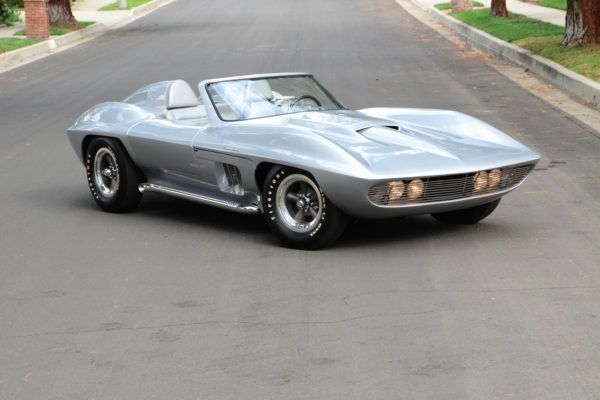
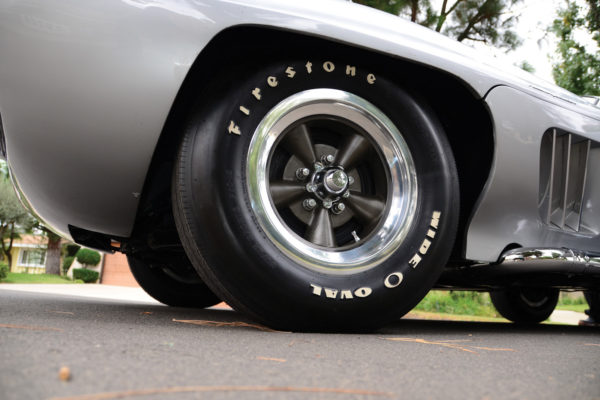
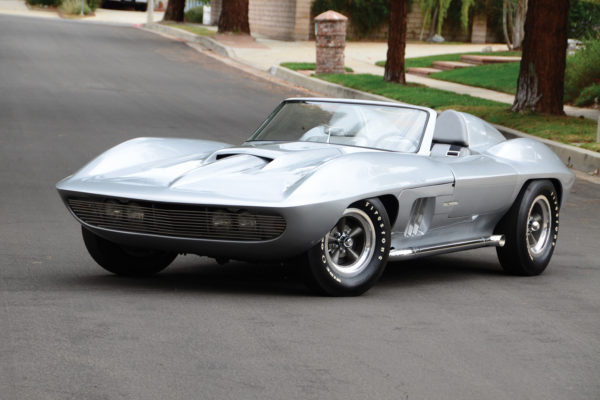
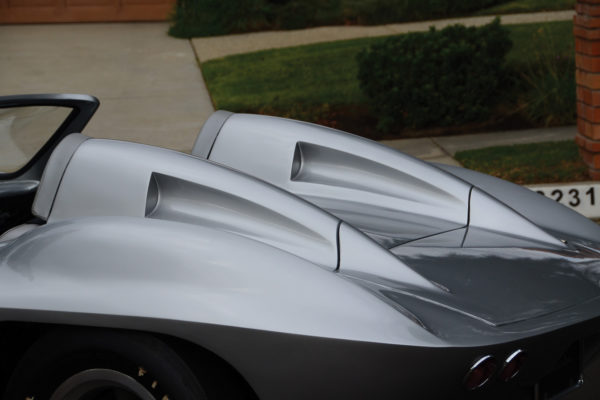
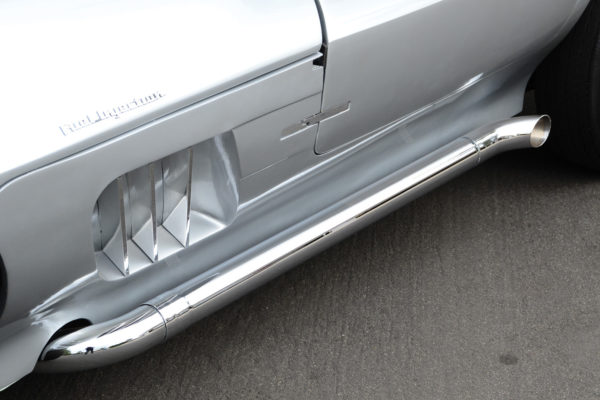
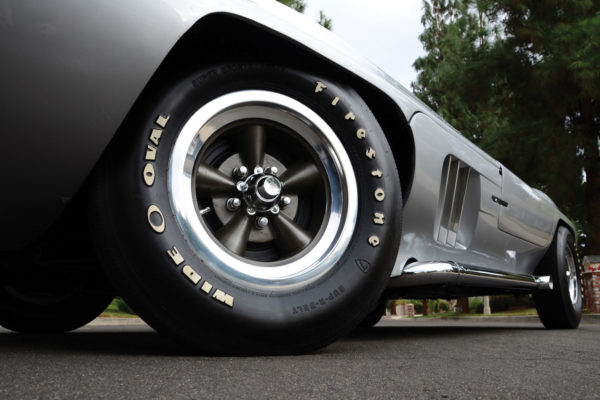
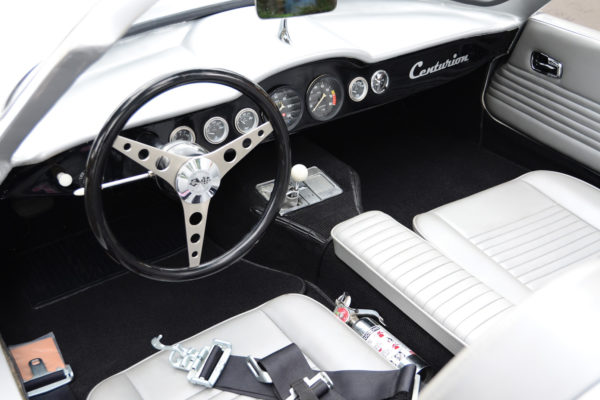
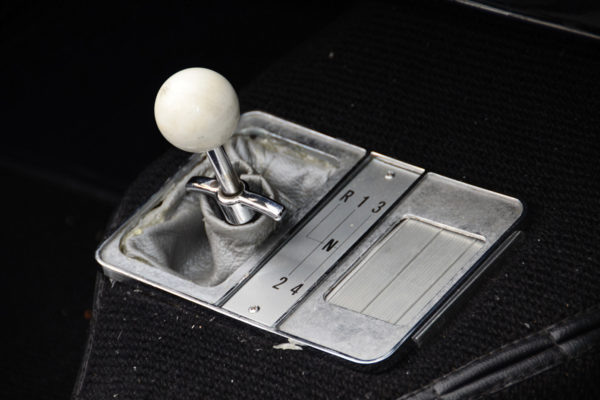
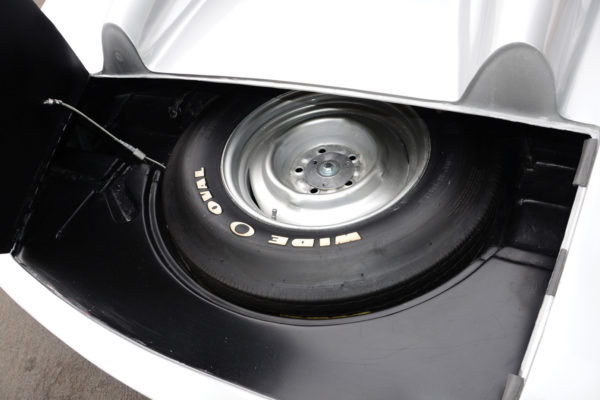
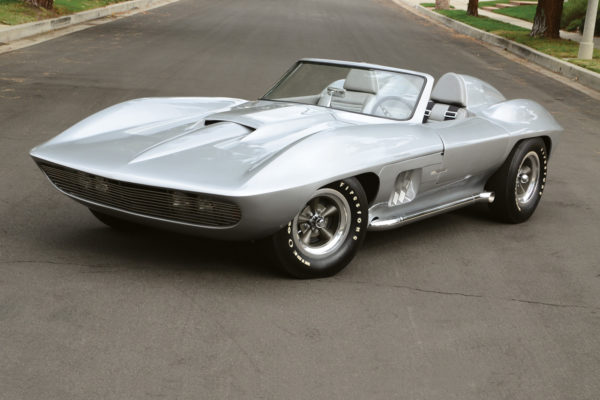
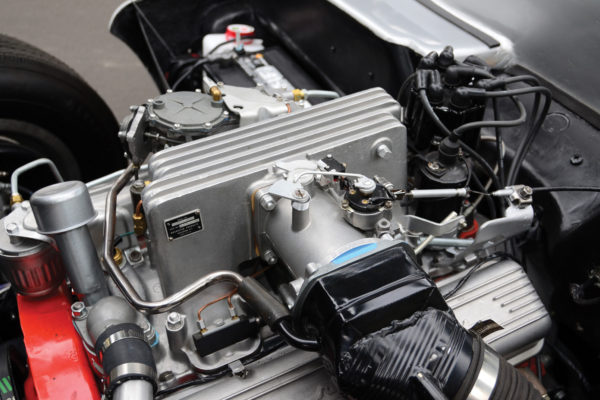
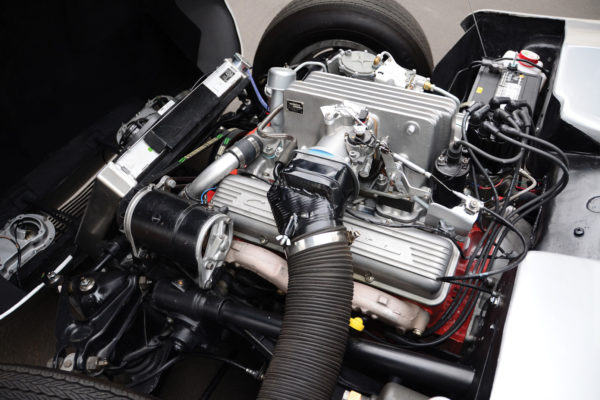
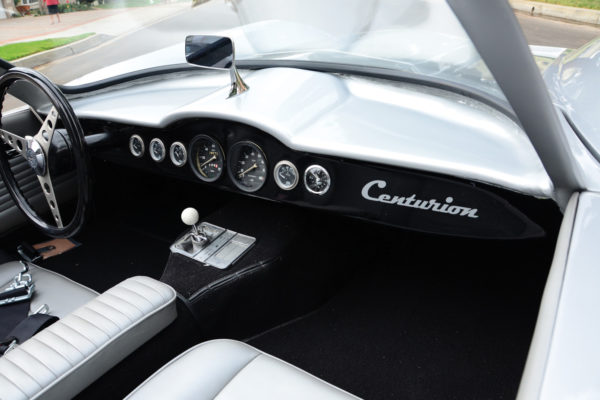
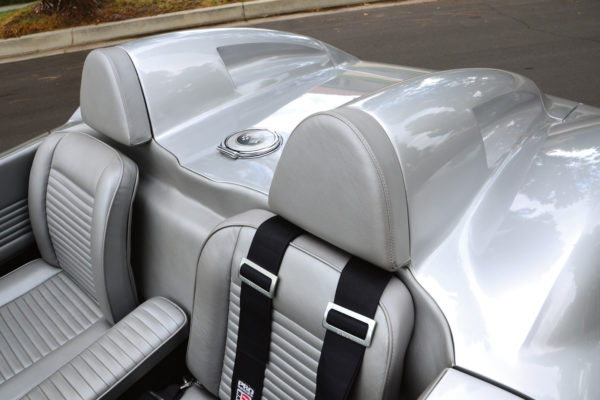
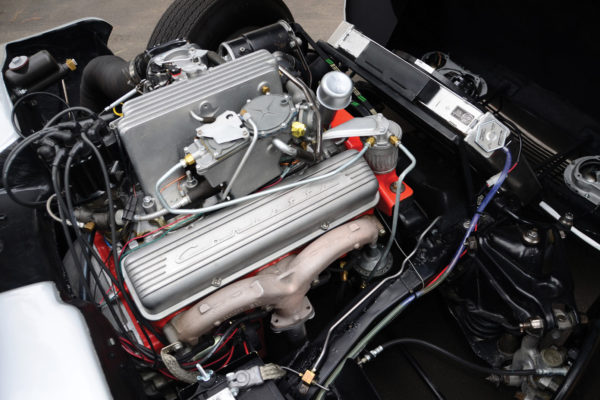
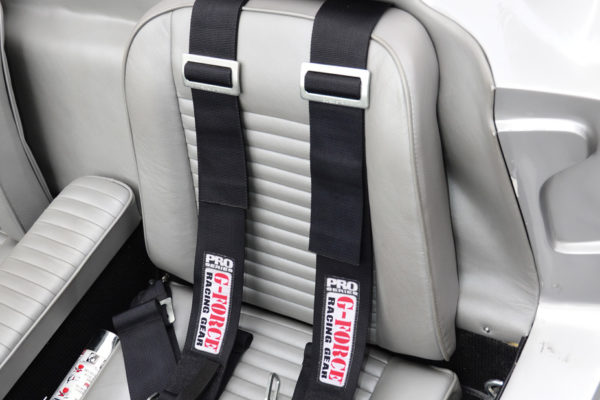
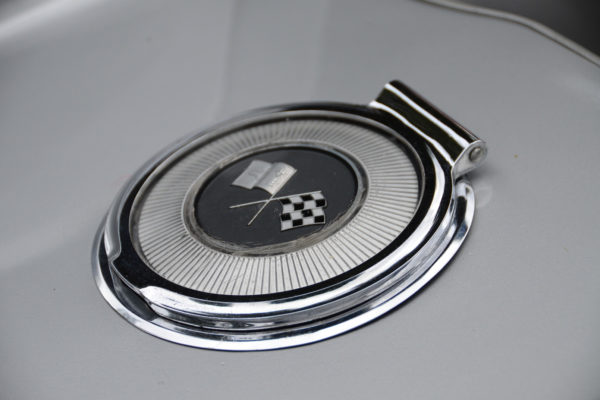
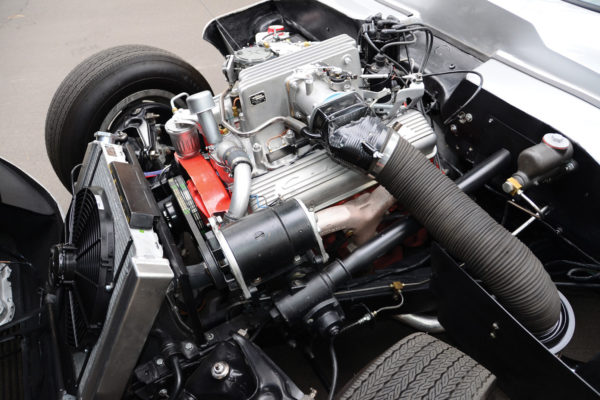
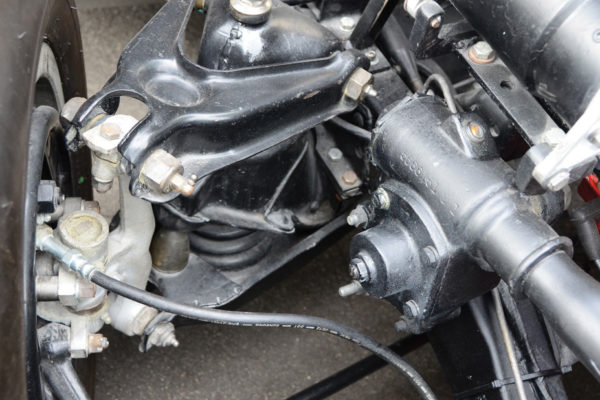
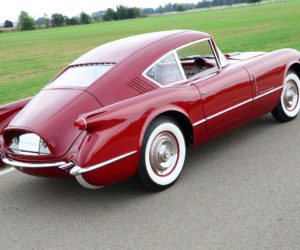
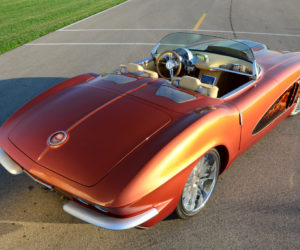
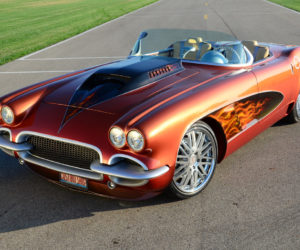
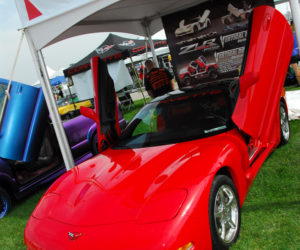
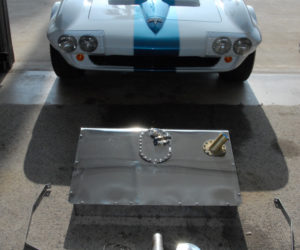
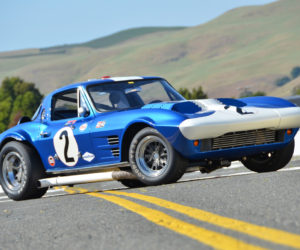




Comments for: Proper Tribute
comments powered by Disqus